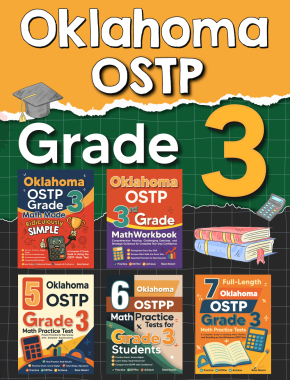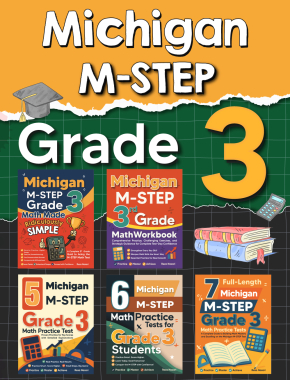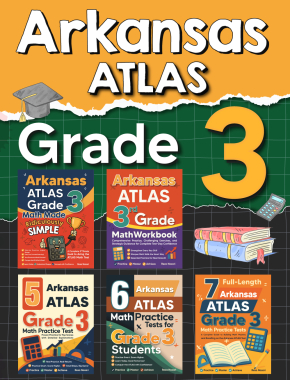How to Graph Quadratic Functions?

Graphing quadratic functions in vertex form
Here, the vertex of the parabola is \((h, k) = (-\frac{b}{2a}, -\frac{D}{4a})\). Now, to plot the graph of \(f(x)\), we start by taking the graph of \(x^2\), and applying a series of transformations to it:
Step 1: \(x^2\) to \(ax^2\): This means the vertical scale of the original parabola. If \(a\) is negative, the parabola will also flip its mouth from the positive to the negative side. The magnitude of the scaling depends upon the magnitude of \(a\).
Step 2: \(ax^2\) to \(a(x + \frac{b}{2a})^2\): This is a horizontal shift of magnitude \(|\frac{b}{2a}|\) units. The direction of the shift will be decided by the sign of \(\frac{b}{2a}\). The new vertex of the parabola will be at \((-\frac{b}{2a},0)\). The following figure shows an example shift:
Step 3: \(a(x + \frac{b}{2a})^2\) to \(a(x + \frac{b}{2a})^2 – \frac{D}{4a}\): This transformation is a vertical shift of magnitude \( |\frac{D}{4a}|\) units. The direction of the shift will be decided by the sign of \(\frac{D}{4a}\). The final vertex of the parabola will be at \((-\frac{b}{2a}, -\frac{D}{4a})\). The following figure shows an example shift:
Graphing quadratic functions in standard form
The general equation of a quadratic function is \(f(x) = ax^2+bx + c\). To plot the quadratic functions using the standard form of the function, we can convert the general form to the vertex form and then plot the quadratic function diagram or determine the axis of symmetry and y-intercept of the graph and plot it.
Exercises for Graphing Quadratic Functions
Sketch the graph of each function.
- \(\color{blue}{f\left(x\right)=1-2x-3x^2}\)
- \(\color{blue}{f\left(x\right)=x^2+5x-4}\)
- \(\color{blue}{f\left(x\right)=x^2+5x-4}\)
Related to This Article
More math articles
- TABE Math Formulas
- How to Find Volume by Spinning: Washer Method
- 10 Most Common 4th Grade ACT Aspire Math Questions
- 6th Grade Common Core Math Worksheets: FREE & Printable
- How to Combine Like Terms? (+FREE Worksheet!)
- Top Ten Cameras for Classroom Recording
- How to Grasp Parallel Vectors
- How to Inscribe a Regular Polygon within a Circle
- 10 Most Common 3rd Grade STAAR Math Questions
- FREE 7th Grade SBAC Math Practice Test

























What people say about "How to Graph Quadratic Functions? - Effortless Math: We Help Students Learn to LOVE Mathematics"?
No one replied yet.